This website uses cookies so that we can provide you with the best user experience possible. Cookie information is stored in your browser and performs functions such as recognising you when you return to our website and helping our team to understand which sections of the website you find most interesting and useful.
Past, present and future with Vacheron Constantin
By Michelle Johnson | 31 January 2023 | Lifestyle, Style
Maison style and heritage director Christian Selmoni on how the brand’s heritage is changing modern watchmaking
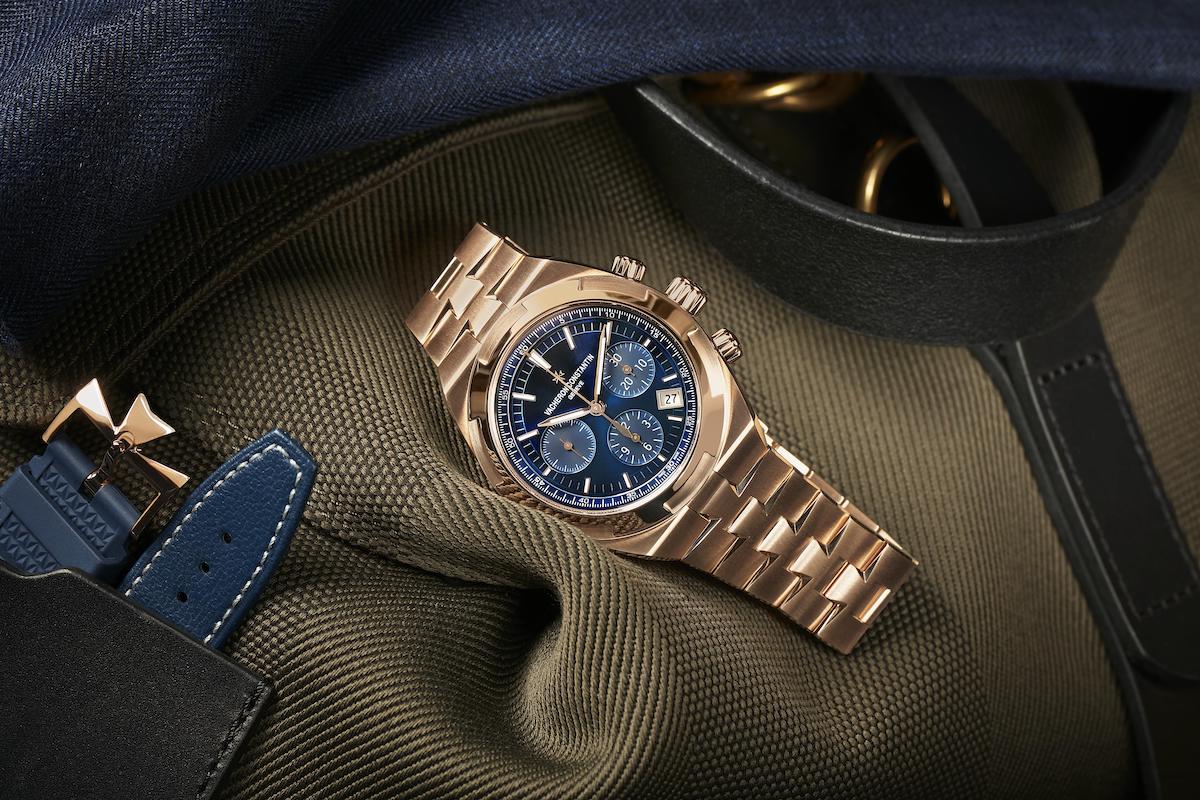
When it comes to incorporating unmatched history and heritage into bold new product designs, Swiss watchmaker Vacheron Constantin has a secret weapon: Christian Selmoni (pictured). The brand’s style and heritage director joined the company in 1990 and in the past 33 years has risen the ranks from sales administration manager and then purchasing manager to production and purchasing director, before moving into product development and building a new project department from the ground up in 2001.
“Our most important challenge was the development of the company’s 250th anniversary timepieces,” says Christian of the department, which began as a modest four-person team. “By 2005 I was appointed product marketing director until, in 2010, I asked my bosses whether it would be possible to dedicate myself to product strategy and design – all the creative aspects of Vacheron Constantin.”
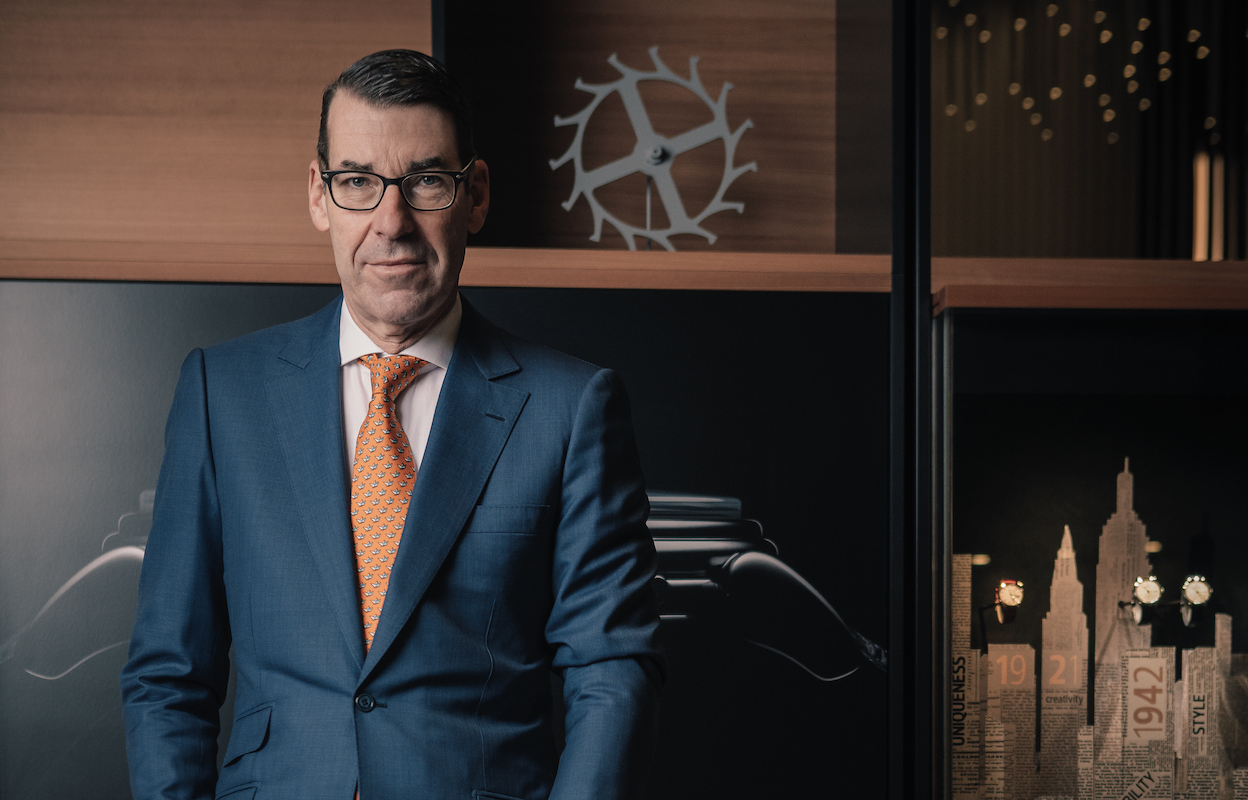
Christian got his wish, serving as the brand’s artistic director until he was appointed to his current position in 2017. As style and heritage director, Christian is the keeper of the keys to Vacheron Constantin’s fabled archives – from unique creations for famous clients to vintage complications from the brand’s 267-year history – as well as bringing new ideas to the table.
The brand itself is known in equal parts for its technical brilliance and artistic flair. This year alone has seen such varied novelties as a pink gold version of the sports classic Overseas chronograph, four Métiers d’Art timepieces – the Grand sphinx de Tanis (right), Lion de Darius, Buste d’Auguste and Victoire de Samothrace – in collaboration with The Louvre; and several bejewelled ladies’ Égérie moon phases. Here, Christian shares his favourite watchmaking trends, discoveries from the archive, and how the brand’s heritage has become a starting point for innovation.
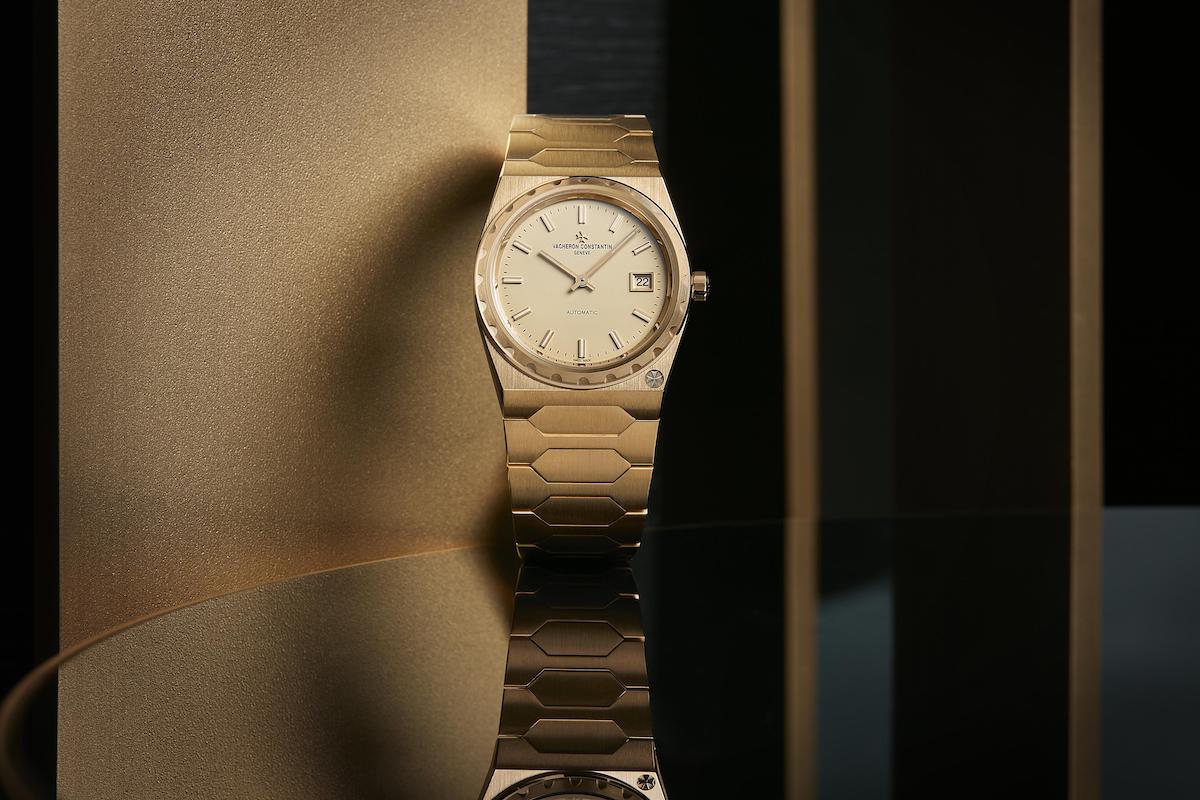
Christian, what does your role as style and heritage director entail?
I focus on two activities. The first is product; I’m a member of Vacheron Constantin’s Product Committee, bringing new ideas and concepts while keying into the great heritage of the company to support our future style. Then, the heritage aspect of my role has been my mission since 2017. I want to put a spotlight on the great heritage and legacy of Vacheron Constantin, and communicate our history, stories, timepieces and more. I really enjoy this job; it’s absolutely fascinating and there are endless discoveries of new stories and products to be made.
Could you tell us about some of the discoveries that have inspired you?
In 2017 when I took over the Heritage Department, I naïvely thought I had quite a good knowledge of our legacy timepieces. But, the first time I went to a collectors’ convention, I was speaking to a friend who had a simple, white-gold Vacheron Constantin timepiece on his wrist, which I had never seen before. He told me it was the reference 3570 – only eight of which had ever been made.
I started to understand that heritage isn’t just having a good knowledge of watches from the past, but about understanding the stories and history behind these watches. The true treasure of Vacheron Constantin is our archives. A few months ago, I found records of a huge tourbillon pocket watch that had been created for the Maharaja Sir Bhupinder Singh of Patiala; a similar timepiece was made for Henry Graves Jr – maybe the most famous watch collector from the first half of the 20th century.
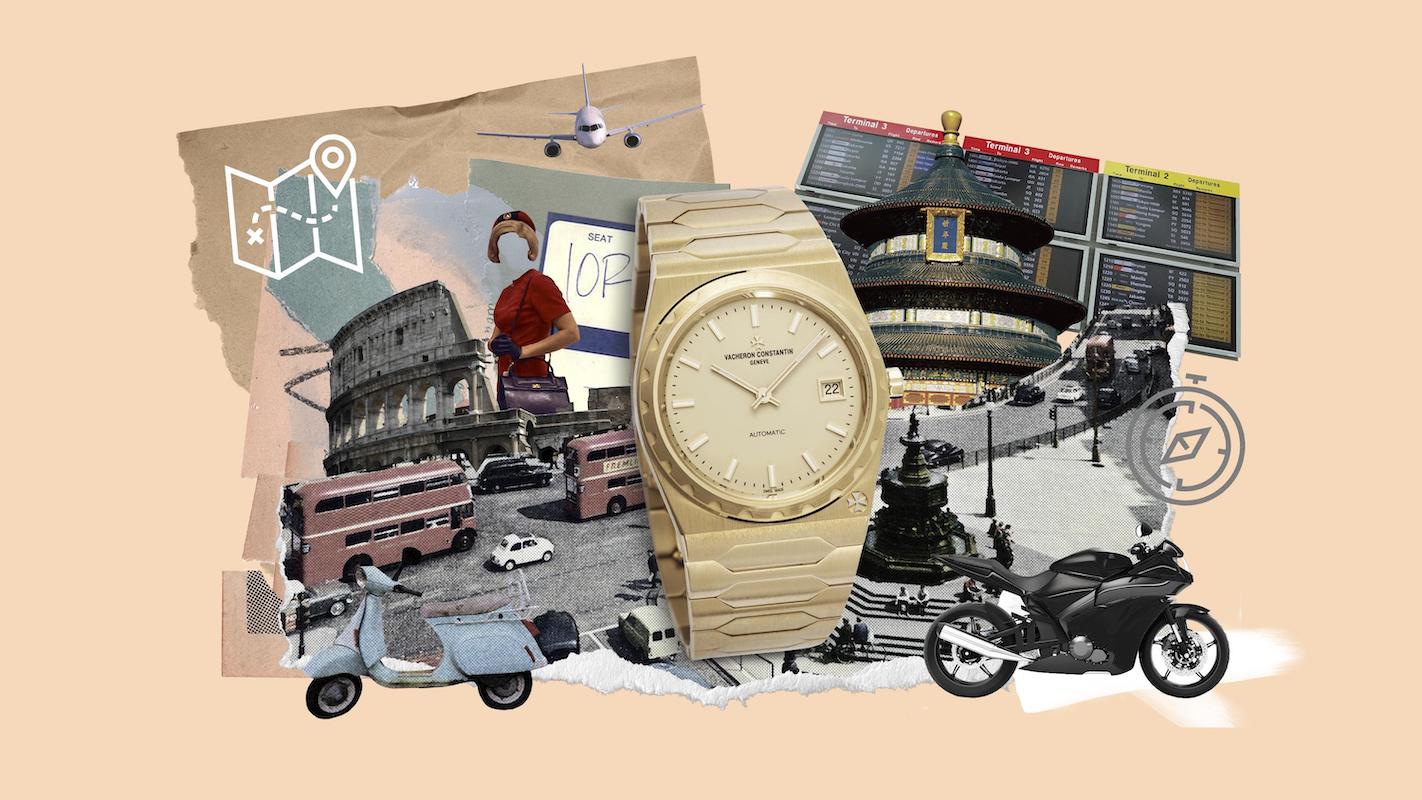
Perhaps one of the most unique examples of how your heritage impacts today’s novelties is in your Les Cabinotiers collections. Could you tell us more?
In the beginning of the 20th century, we were well known for our bespoke timepieces. We created Les Cabinotiers to give our clients a new opportunity to create the watches of their dreams. These watches can be very complicated, or feature wonderful decorative crafts such as miniature painting, enamel or engraving. It was a very ambitious concept because, as you can imagine, you need a lot of manpower and creative partners. I have no better example of what Les Cabinotiers can achieve than a pocket watch presented last year: Les Cabinotiers Westminster Sonnerie – Tribute to Johannes Vermeer. It’s a very complicated chiming watch decorated with miniature painted enamel by the famous artisan Anita Porchet, which took eight years to complete.
Is it important for you to work with specialists like Anita Porchet?
If we look back to the early years of Vacheron Constantin, we produced very complicated watchmaking – chiming watches or astronomical timepieces – of a very high level of execution. But the interesting thing is that we are also specialised in decorated watches. This is really our specialty, this combination of very high watchmaking combined with decorative crafts. We have been using four historical decorative crafts – enamelling, engraving, hand guilloché and gemsetting, which are in-house specialties – since the 18th century and are committed to the preservation and development of these crafts.
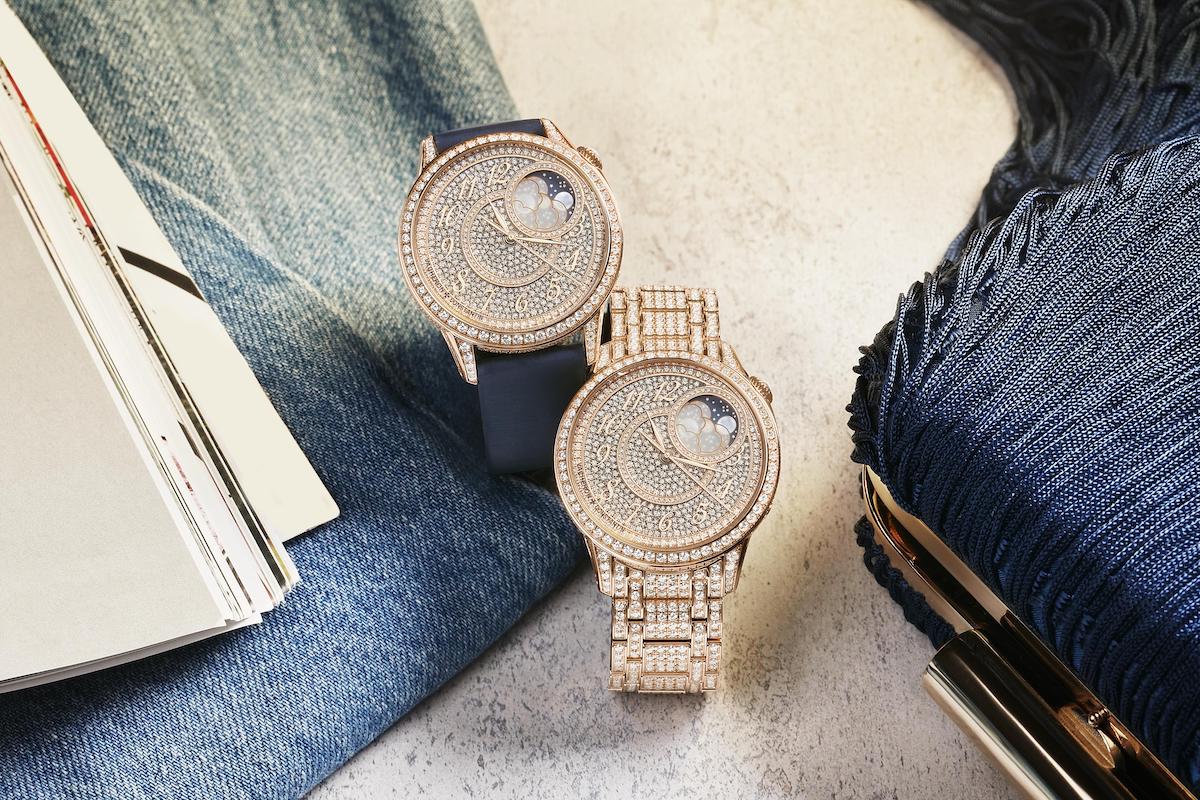
How do you plan to develop these historic crafts?
The challenge here is something we also consider in technical watchmaking. The idea is not to simply pay tribute to the crafts of the past – we don't want to replicate crafts or subjects from the past – but to express our creativity, and the talent of our artisans, by anchoring these traditional crafts in the 21st century. For example, hand guilloché was used to be featured mainly on the covers of pocket watches as geometrical decoration, but our Master guillocheur has created a figurative pattern using the same technique. He is extremely talented; if we were in Japan he would be considered a living treasure. It’s a perfect example of how you can still innovate and create something new within this great traditional life.
Tell us about the maison’s Les Collectionneurs initiative?
The concept is that we are acquiring vintage Vacheron Constantin pieces, from auction, merchants, or clients, to restore in our workshop, before offering them for sale with a two-year guarantee and certificate of authenticity. We were the very first Maison brand to do this and there has been a lot of demand. It’s great to be able to offer watches – some that are more than 100 years old – that are still performing super well.
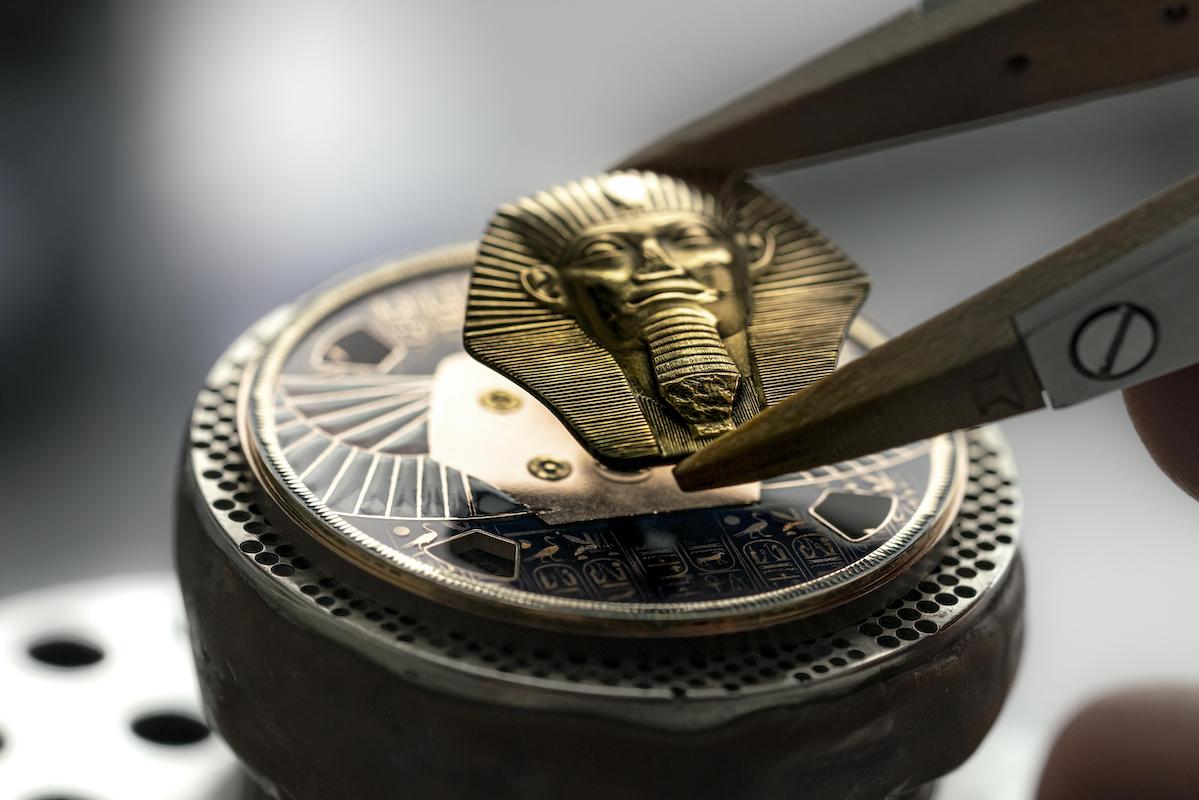
What current trends are you seeing from your clients?
In terms of current trends, vintage is really very important. Last year we celebrated the 100th anniversary of the American 1921 – probably one of the very first driver's watches – with two new versions. But we also made a completely unique reconstruction of the original American 1921, a watch which has mobilised the remarkable expertises of the maison’s restoration workshop and Heritage department for an entire year. This approach is reflecting Vacheron Constantin’s commitment to the conservation, transmission and continuous enrichment of its heritage and of traditional skills.
Secondly – it won’t be a surprise, I’m sure – we are seeing a great interest for steel watches on steel bracelets. This is an area in which our watchmaking style is extremely successful. We can have beautiful, high-end watches with grand complications, but that can be worn every day, in any circumstance, thanks to these very solid and robust steel cases and bracelets. One example is our Overseas collection, which is very successful.
What do you think we can expect for the future of Vacheron Constantin?
I would say Vacheron Constantin is one of the benchmarks in high-end, classic timepieces. We have several design expressions, from the Overseas sports watch to the classic Patrimony or Traditionnelle collections, as well as metal watches, historical watches and ladies’ watches. Our aim is really to carry on with building our portfolio and respect the balance between our collections. We are also developing our releases in line with the evolution of our society, by presenting new models all along the year instead of only at fairs like Watches & Wonders once a year. Digitalisation and social media have become very influential, and it’s important to be ever-present to be able to speak to our clients more easily.







